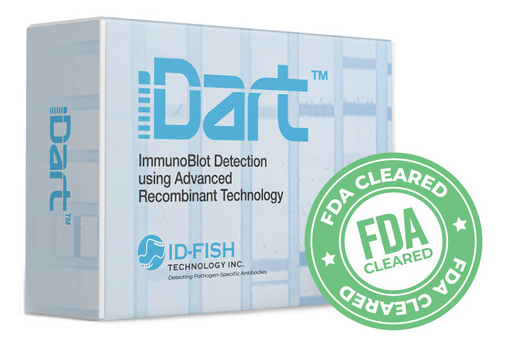The ide is a medium-sized fish with a bluntly pointed snout, scaleless head, thick minnow-shaped body, and a deeply forked tail. Two colour varieties of ide exist, silver and gold. Most commonly, ides found in wild environments appear dusty silver-gray in overall colouration, with shades of ...
The ide is a medium-sized fish with a bluntly pointed snout, scaleless head, thick minnow-shaped body, and a deeply forked tail. Two colour varieties of ide exist, silver and gold. Most commonly, ides found in wild environments appear dusty silver-gray in overall colouration, with shades of olive-brown above and a pearly white belly below.The diet of Juveniles consists of small aquatic invertebrates, while typical food items for adults include crustaceans, insect larvae, worms, snails, small fishes, etc. (Michigan Invasive Species, 2023). Preferred habitats include large-bodied lakes, rivers, and ponds. Photograph of juvenile ide by: John D Reynolds, via iNaturalistAlthough there are no established populations of ide anywhere within Canadian waters, risk assessments suggest that this invasive species could have detrimental impacts on Canada’s natural aquatic environments, recreation, and tourism if they were to become established. Ides share a diet and habitat niche with numerous native freshwater fish species and therefore would be competing with them for favoured food resources, nesting sites, and habitats.In addition to outcompeting native fishes for resources, ides also have the capacity to flourish in disturbed habitats, brackish waters, and varying water qualities that may otherwise destress native fish species (earEDDMapS.org, 2016 ).


